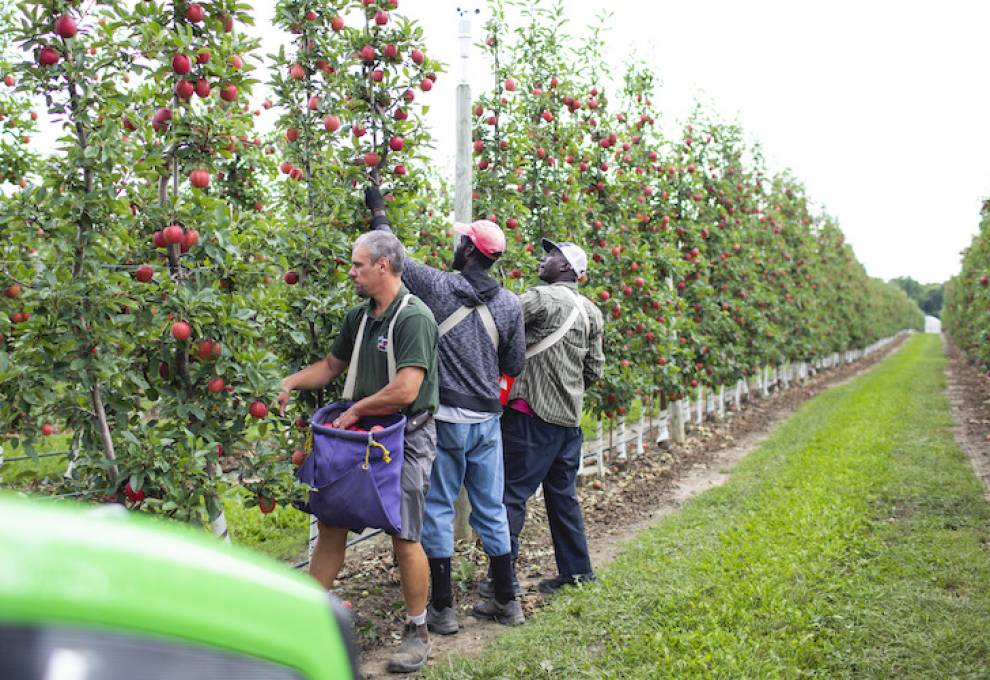
At a time when Canadian agriculture continues to struggle with a chronic worker shortage, new data from the Canadian Agricultural Human Resource Council (CAHRC) has found that by the year 2030, there will be more than 100,000 vacant jobs to fill in the industry.
This labour market supply and demand forecast is a study conducted by The Conference Board of Canada, on behalf of CAHRC. CAHRC found a 15 per cent increase in job vacancies compared to the number of jobs in 2022 that could not be filled by Canadians and residents of Canada. The report, titled Sowing Seeds of Change, states this is due in part to Canada’s aging population as more than 85,300 people - 30 per cent of the workforce - are expected to retire over the same period. The labour market information report says temporary foreign workers (TFW) will play an important role in narrowing the domestic labour gap. However, even with a projected increase in TFW employment by 2030, an estimated 20 per cent or 22,200 positions will remain vacant.
“Labour shortages are one of the most serious issues in agriculture because they have a direct impact on local food security, economic development and the sustainability of the sector,” says Jennifer Wright, executive director of CAHRC. “CAHRC’s labour market data offers the necessary insight to inform how we will tackle current and future challenges so our industry and its workforce can reach their full potential.”
The report, which also offers an in-depth analysis by provinces and subsectors, makes a suite of recommendations to attract and retain more agriculture workers. This includes public education to improve perceptions of agriculture, developing and updating HR management practices, and adopting new technology and automation.
The labour market forecast is a key data source that informs CAHRC’s National Workforce Strategic Plan (NWSP). The NWSP exists as a national framework to address labour shortages and skill gaps throughout the sector. To date, more than 100 stakeholders, including primary producers, food and beverage manufacturers, educational institutions, producer groups, industry associations, and government officials, have participated in the development of this strategic plan.
Source: Canadian Agriculture Human Resource Council February 16, 2024 news release

Add new comment